Top 10: Weapons of the Future of India

No.10: P8i Poseidon-High-End Marine Patrol aircraft of the Indian Navy.
In January 2008, Boeing offered the Indian Navy a base patrol aircraft aviation P-8I (export version of P-8A). On January 4, 2009, the Indian Ministry of Defense signed an agreement with Boeing to supply eight P-8I Poseidons totaling $ 2,1 billion. These aircraft will replace the Indian Navy's obsolete turboprop Soviet anti-submarine Tu-142M.
Each aircraft will cost about 220 million. The contract not only made India the first international buyer of the P-8, but also was the first sale of Boeing military equipment in India.
12 May 2010 Boeing announced that the P-8I aircraft for the Indian Navy will receive Data Link II communication technology from Bharat Electronics Limited (BEL).
BEL will also provide India under this contract with a developed communication system that will enable the exchange of tactical data and communications between all components of the Indian Navy: aircraft, ships and coastal infrastructure.
Admiral Prakash of the Indian Navy suggested that they could have bought at least 30 aircraft from Boeing by year 2020.
Reference: In December, 2005 failed to buy P-3 aircraft for the Indian Navy from Lockheed Martin.
9 No.: SPYDER-SR / MR and BARAK 8 SAMs.
SPYDER is an air defense system of short-range rapid response, developed by the Israeli company Rafael Advanced Systems. Mounted on the Czech Tatra chassis. Missiles (LLQRM): "ground-to-air" can hit planes, helicopters, UAVs and precision-guided munitions. The system provides air defense of fixed assets and object or area defense of mobile forces in combat areas. Spyder-SR (short range) system has a circular sector of fire and reaction time less than five seconds. The range of destruction from 1 km to 15 km, interception height from 20 m to 9000 m. The system can simultaneously accompany multiple targets, conduct salvo firing day and night and in any weather.
Raphael is also developing a mid-range version of 35 km at altitudes from 20m to 16 km.
SPYDER-MR has eight missiles, unlike Spyder-SR (four). SPYDER-MR will be equipped with new radar: IAI / Elta MF-STAR.
The complex has Python 5 and / or Infra Red (IIR) rockets. Both types of missiles are equipped with boosters.
India and Israel have agreed to jointly develop the BARAK long-range air defense system for ground-based air defense systems to replace the outdated Pechora (SA-3 GOA) currently in service with the Indian Air Force.
Estimated interception range-70 km in sector 360 °. The new rocket is almost twice as compact and has a vertical launch, 8 missiles are located in the PU.
Ship version of the rocket will have an index: BARAK NG.
A five-year joint program worth 480 million US dollars, launched at the beginning of 2006 g, is being developed for the Indian and Israeli Navy.
No. 8: PKR ("air-to-surface") "Brahmos & Hypersonic Brahmos" II
Work on the option of air-launched missiles is in the final stage. BrahMos scientists are now waiting for the arrival of Su-30MKI planes in India to test them as a carrier platform. The rocket, in the air-based version, will be lighter and smaller than the land-based rocket versions, therefore it can be installed on this type of aircraft. One of the two rocket boosters has been removed for the aerial version of the system. weapons, launching from an airplane moving at speeds up to 1,5 M allows the rocket to receive a pulse corresponding to the impulse from the launch accelerator and maintain speed at 2,8 M. Sources say: after launching, the rocket falls freely by about 150 meters before the engines start and the flight to the target begins .
The range and speed of the rocket will remain the same as that of analogs of land and sea-based. For the integration of the aircraft with the rocket will be used two Su-30 MKI. These aircraft were taken from the 40 purchased by the Su-30, orders for which were placed in the 2006 year. Soon, two aircraft sent back to Russia, where their glider will be strengthened to carry missiles. As expected, the aircraft will be introduced into the Air Force of both India and Russia in 2012.
The BrahMos rocket (the acronym stands for Brahmaputra-Moscow) has been under development since 1998, and its first successful test launch took place in 2001. Russia provided its Onyx P-800 rocket as the basis for the project, while India developed a guidance system. Brahmos has a maximum speed of 2,8 M, making it the fastest RCC in the world.
"Hypersonic Brahmos" II
The joint Russian-Indian company began to develop a cruise missile capable of flying Mach 5. The first prototype hypersonic cruise missile will be ready for flight tests in 2017
Chief Executive Officer A.Sivathanu Pillai said: “Brahmos -2” will not be exclusively an air-based missile, dimensions will be smaller than “Brahmos”, and probably some modifications will have speed up to Mach 7.
UCAV option
Abdul Kalam (specialty aerospace engineer and former president of India), asked BrahMos Aerospace to develop an improved version of the BrahMos anti-ship missile. He declared: "You have to develop a version of the hypersonic BrahMos, which can be used as a UCAV (UAV-option) ... this means that the rocket could deliver the payload to a given target, drop it and return to the base."
This will turn the "Brahmos" into a shock reusable UAV.
With its plans, BrahMos Aerospace supports India’s rocket attack:
- Advanced subsonic "BrahMos" 1 with a range of over 700 km.
- "BrahMos" II with scramjet engine with supersonic combustion, which will achieve cruising speeds over Mach 4.
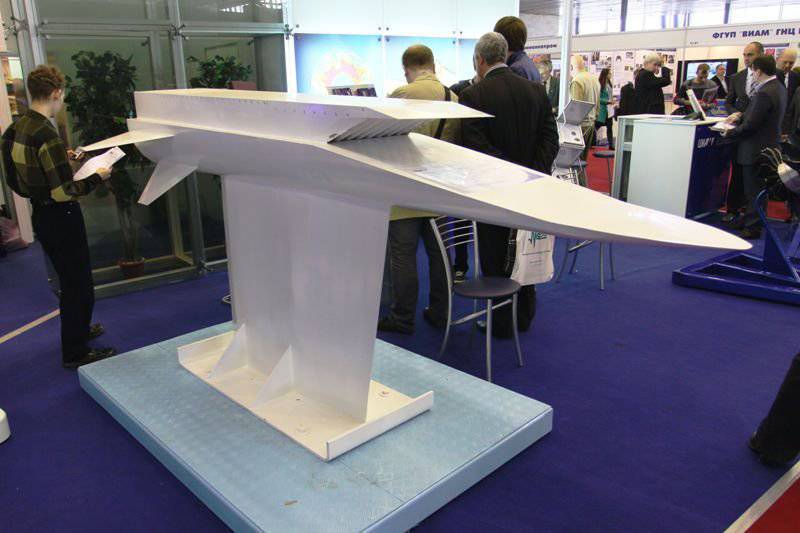
As expected, the missiles will be commissioned by 2015-2017. and may well be integrated into the systems Su-30MKI, FGFA and PAK -FA.
No. 7: Shaurya and Agni V Missiles
"Shaurya2 - weapons with characteristics of ballistic and cruise missiles. Unlike conventional cruise missiles with turbofan, flying at extremely low altitudes and subsonic speeds," Shaurya "is able to rise to an altitude of 50 km, where the warhead detachment occurs. Then the warhead flies to The specified target in the cruise missile mode at hypersonic speed. The range of damage "Shaurya" is 700 kilometers. Earlier it was reported that, depending on the launch mode, the Indian tactical missile can hit targets at a distance from 600 to 2600 kilometers. The maneuvering stage is used to reduce the chance of hitting a target, DRDO claims that the missile has a QUO within 20-30 meters, after flying the 750 km.
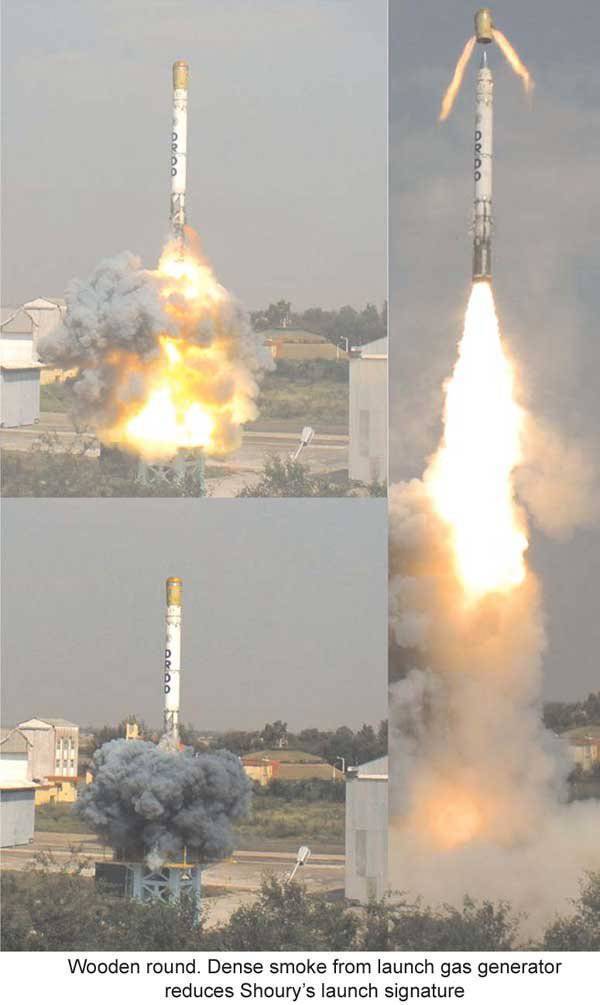
India has set a goal to develop new BRs capable of carrying nuclear warheads at a distance of 5000km (3100 miles) and higher, which will allow to ensure the security of the country in a troubled region. The rocket will be able to effectively deliver warheads to most of China, as well as hit targets from potential enemies in the west and east.
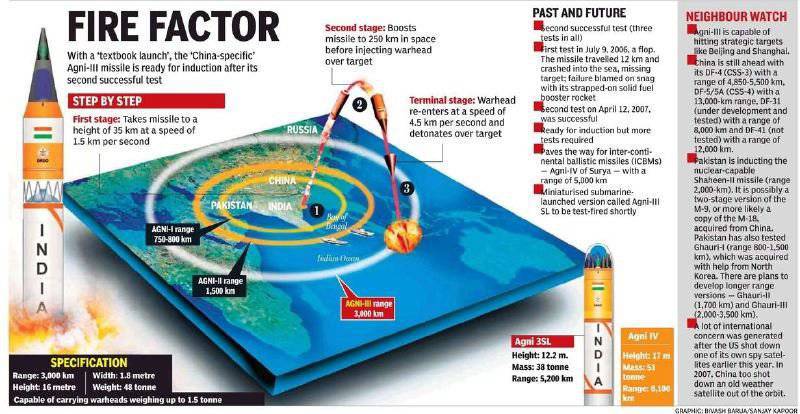
No. 6: Phalcon (AWAC AWACS) and MMRCA - SH18 or "Rafale".
DRLO "Phalcon" aircraft urgently needed by India in its confrontation with Pakistan. "This can help monitor the build-up of military power, troops and aircraft to a depth of about 200 km of Pakistani territory, while patrolling over their own territory," said retired air marshal A.G. Goal. It is assumed that the system developed jointly by India and Israel can be adapted to third-party platforms, for example, on the Russian IL-76 or other transport aircraft, as well as promising UAVs. The system is used for tactical aerial surveillance, monitoring surface and ground targets and collecting intelligence data over a radius of more than 400 km. Used AFAR "Elta" EL / M-2075 - radar installed in the fairing, which is attached to the fuselage, providing a circular view.
The Indian Air Force conducts a tender for the purchase of a medium multipurpose combat aircraft (MMRCA), commonly known as the MRCA tender, is a tender for the supply of Indian Air Force 126 aircraft. The Ministry of Defense has allocated approximately $ 10,5 billion for the purchase of these aircraft. Six types of aircraft claimed the contract, which was advertised as the largest deal by the Indian Defense Ministry.
Primary applicants: F / A 18 or "Rafale".
No. 5 F-INSAS
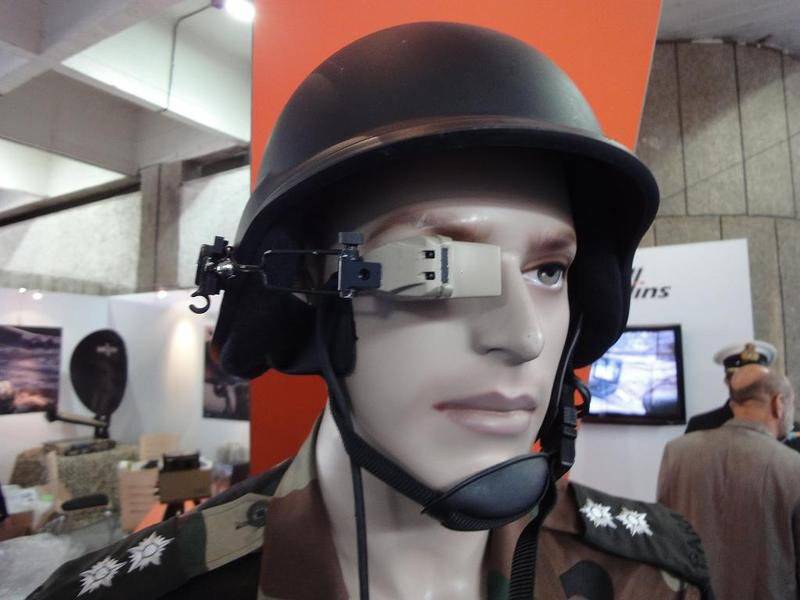
The F-INSAS complex was adopted to equip the Indian infantry in the future. It will provide network connectivity and instant access to information about the battlefield to each infantryman, as well as the integrated interaction of the unit, both within himself and with other branches of the military. This program is similar to the programs of "soldiers of the future" of other countries. In addition to the communication component, F-INSAS means equipping infantrymen with all-terrain vehicle, all-weather equipment, on the principle of a universal platform, increasing firepower and mobility. The weight of the ammunition carried by the soldiers must be reduced by at least 50%. A fully integrated infantry unit system will be created.
No. 4 PLA type "Arihant"
The Arihant-type PLA, being developed for the Indian Navy, was presented to the public on July 26 of the year at a symbolic launch ceremony. Many major systems, including its nuclear reactor, surveillance equipment, sensors, weapons, are still in the process of being installed and refined. In 2009, the lead ship of the type "Arihant", reportedly, began running trials. These submarines are the first purely Indian project and it is expected that by the 2010, the Indian Navy will have 2015 such submarines.
No.3 INDIAN AIRCRAFT
"VIKRAMADITYA" is a new name for the former Soviet aircraft carrier "Admiral Gorshkov", which was purchased by India, and has not yet been supplied by Russia. According to some estimates, he should enter the service in the Indian Navy after 2012. "Vikramaditya" is a modified project 1143 ("Kiev"), the construction of which was carried out in 1978-1982. at the shipyard in Nikolaev, Ukraine. The ship is currently being refitted at Sevmash in Russia.
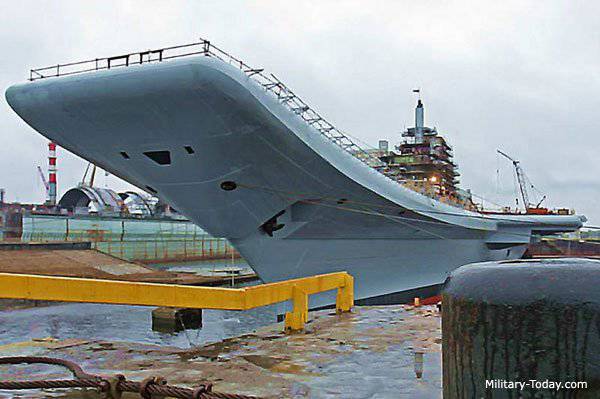
"Vikrant" aircraft carrier (previously, the 71 "Air Defense of Ships" (ADS) project) are the first aircraft carriers for the Indian Navy to be designed and built in India.

They are built at Cochin Shipyard Limited (CSL). "Vikrant" will become the largest warship built on CSL. Work on the lead ship began in the 2008 year, the keel was laid in February 2009 of the year. 80% of work on the aircraft carrier will be completed before its descent. The first aircraft carrier, as expected, was supposed to go into operation in the 2012 year. However, everything was postponed for at least a year, due to Russia's inability to supply the required steel. This led to the departure of the creation of steel production facilities in India.
It is possible that EMALS-CATOBAR, an electromagnetic launch system for aircraft, will be used for the catapult system of the second ship, since India has a strong interest in the new electromagnetic launch system for American aircraft. Five applicants for the main deck aircraft for aircraft carriers for which the Indian Navy sent requests for information (RFI):
F-35C, deck version F-35 "Lightning" II, F / A-18E / F "Superhornet" (manufactured by Boeing for the US Navy), Eurofighter "Typhoon" (EADS), Su-33 (Dry), SAAB "Gripen "(version adapted for aircraft carriers) and" Rafale "(France Dassault Aviation).
The Indian Navy did not initially send RFI to SAAB Sweden, but the company expressed interest and a request was made for the Gripen JAS 39 naval version.
No..2 FGFA AND MEDIUM combat aircraft (AM AMCA CA)
The fifth-generation Sukhoi / HAL fighter aircraft (FGFA), developed by Russia and India. It is derived from the PAK FA project (T-50 is a prototype) that is being developed for the Indian Air Force (FGFA is the official designation for the Indian version). Most likely, the Russian plane will be single, and the Indian FGFA will be double, similar to Su-30MKI, which is the twin of the base Su-30. Two separate prototypes will be developed, one in Russia (T-50) and in India (FGFA).
Mikhail Pogosyan predicts a market for more than 1000 aircraft over the next four decades: 200 for Russia and India and 600 for other countries.
Viktor Khristenko said that airplanes should be developed and manufactured jointly with India and both countries will “share the profits from the sale of airplanes not only in their domestic markets, but also in the markets of third countries."
The MCA - the medium combat aircraft, now known as the promising middle class combat aircraft (AMCA), is a twin-engine, multi-purpose, 5-generation fighter made using the stealth technology developed by India. It will complement HAL "Tejas", Sukhoi / HAL FGFA, Su-30MKI and the still developed MRCA of the Indian Air Force.
The main goal of this aircraft is to replace the aging SEPECAT "Jaguar" and MiG-27.
And finally, No..1 Indian Missile Defense Program.
India’s missile defense program is an initiative to develop and introduce a layered missile defense system to protect India from missile attacks. Adopted in the light of the missile threat from Pakistan. This is a two-tier system consisting of two interceptor missiles, namely the Prithvi (PAD) - a rocket for intercepting high-altitude targets and an AAD-rocket for intercepting at a low altitude. The two-level shield must be able to intercept any missiles launched from a distance of 5000 kilometers. PAD was tested in November 2006 of the year, and AAD in December 2007 of the year. With the PAD missile test, India has become the fourth country to successfully develop the missile defense system, after the United States, Russia and Israel.
6 March 2009, India once again successfully tested its missile defense system, during which the “enemy” missile was intercepted at an altitude of 75 km.
Moscow - New Delhi, 2012 April 03 (New Region, Alexey Usov) - A scandal unique to this country broke out in India: a letter from the Commander-in-Chief of the Ground Forces, Lieutenant General VK Singh to Prime Minister Manmohan Singh, with the highest secrecy, got into the press. From the document released by the newspaper Daily News & Analysis, it follows: despite the fact that India came out on top in the world among importers of weapons, the equipment of the army is in a disastrous state. First of all, it concerns tank troops and air defense. The commander-in-chief informs the prime minister that the tank forces "are deprived of the ammunition necessary to defeat enemy tanks." He also gives a derogatory assessment to air defense systems, calling them "97% obsolete," writes Kommersant.
Minister of Defense AK K. Anthony, summoned to parliament, did not disavow the report of his subordinate, calling the main task “the search for those who allowed the leak”. He promised to defend "every inch of the motherland," speeding up the modernization of the armed forces, and called on the deputies "to prevent the soldiers from demoralizing and fully supporting the prestige of the armed forces."
Information sources:
http://www.defence.pk/forums/indian-defence/
http://www.nr2.ru/
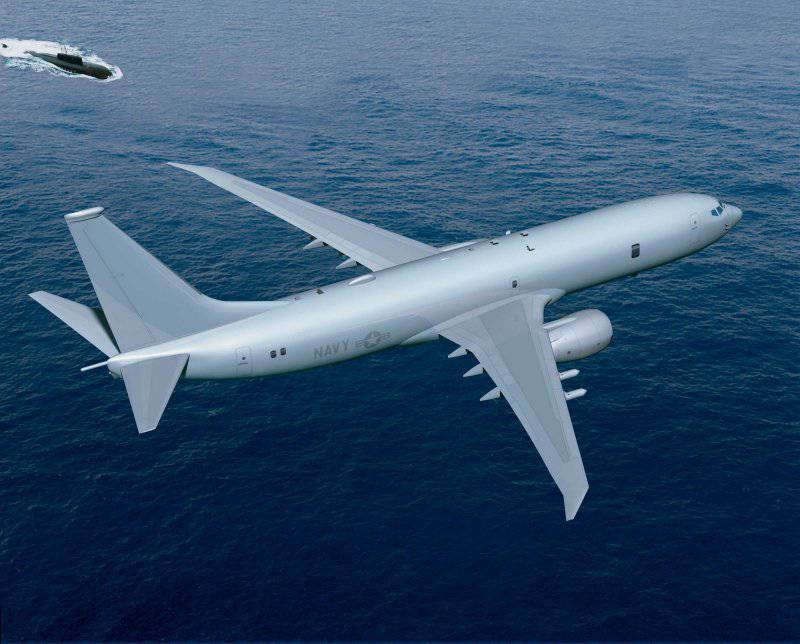

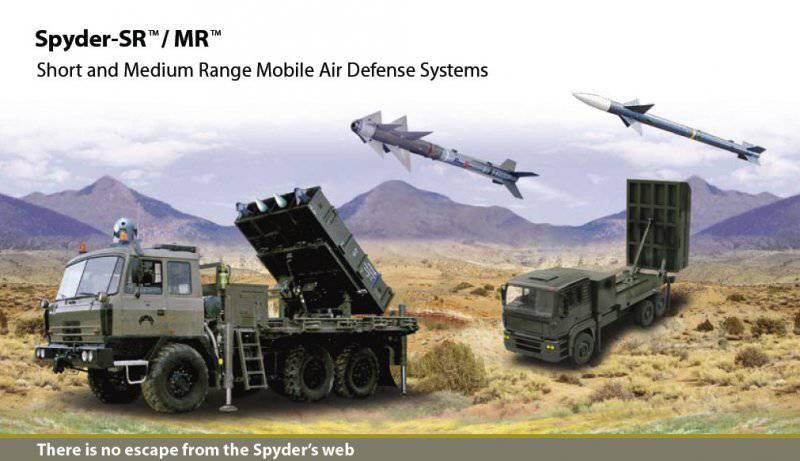
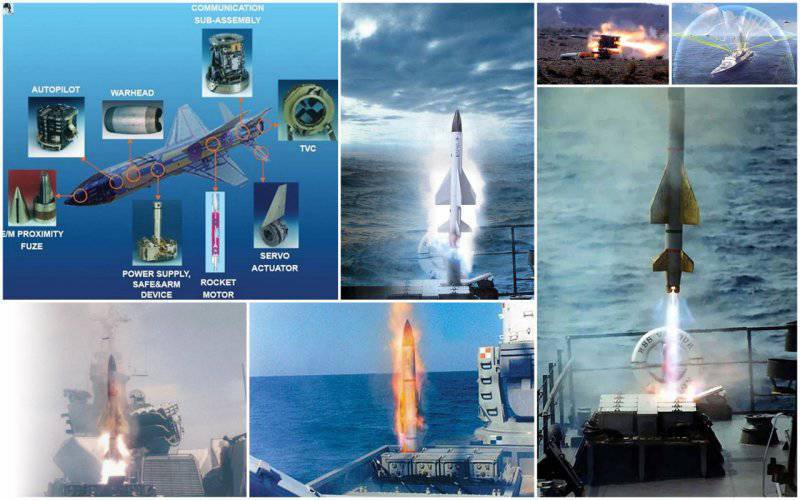
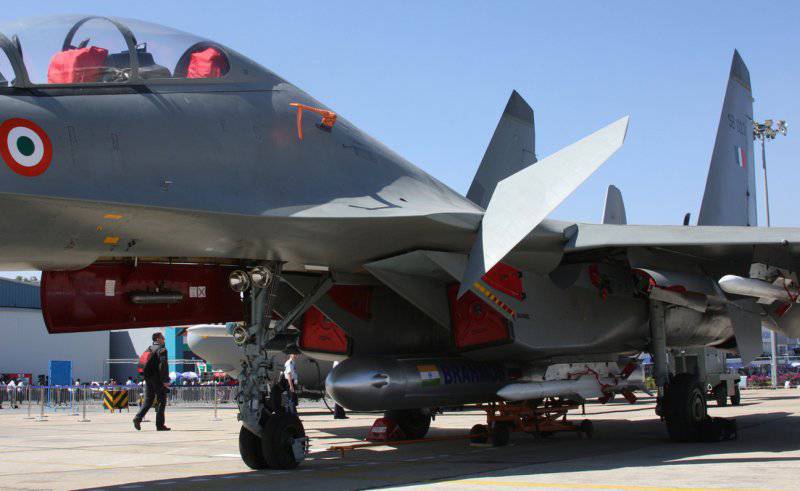
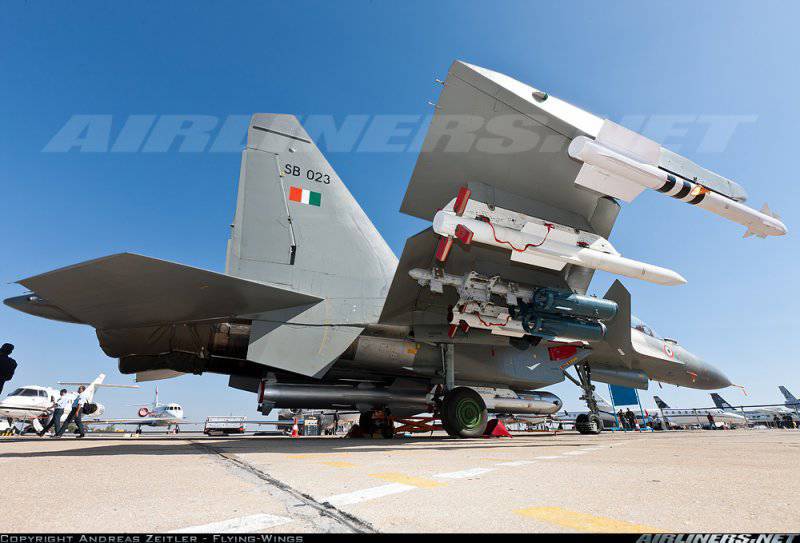
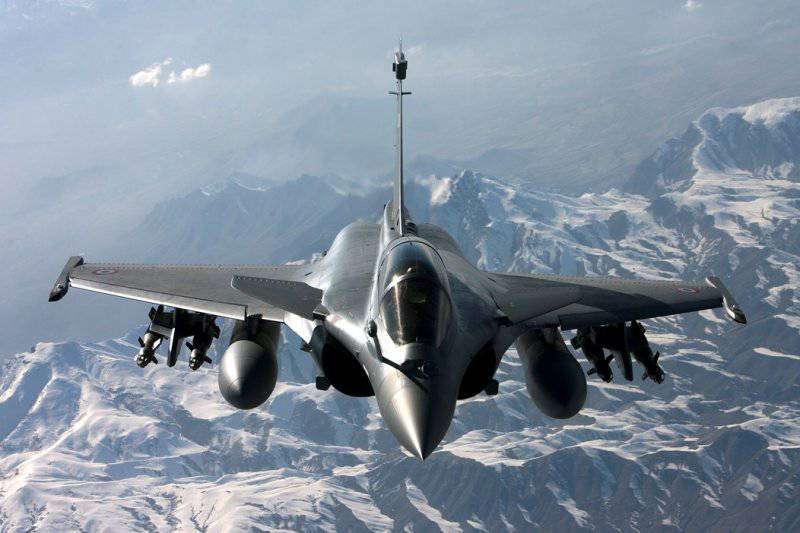
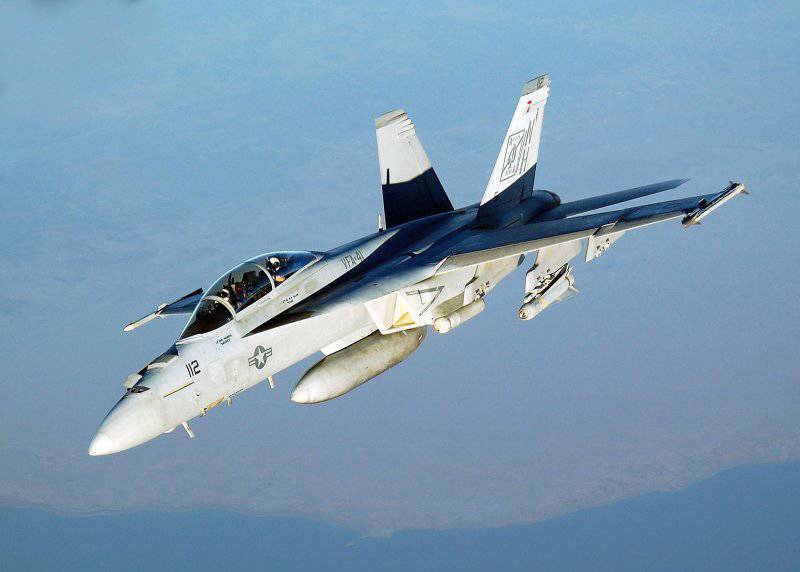
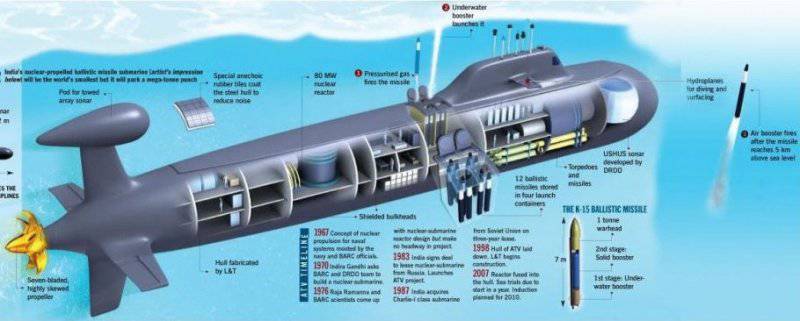
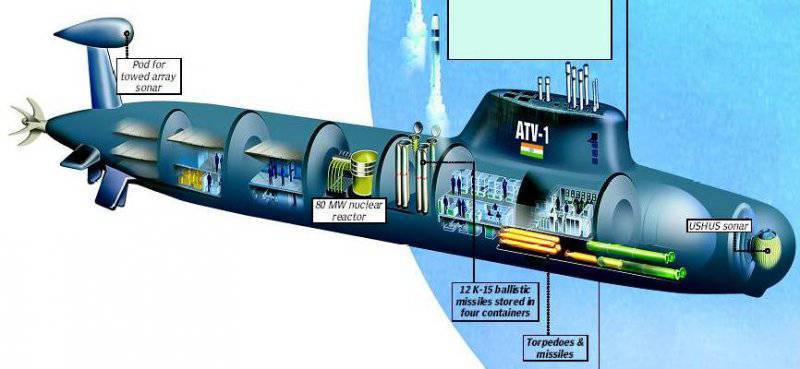
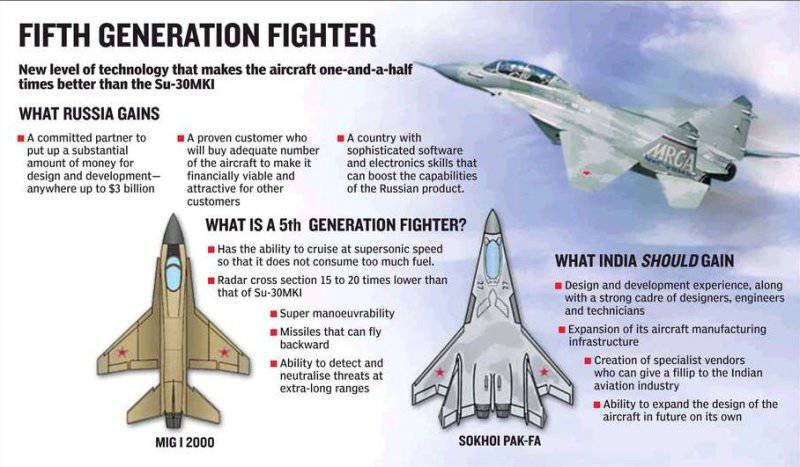
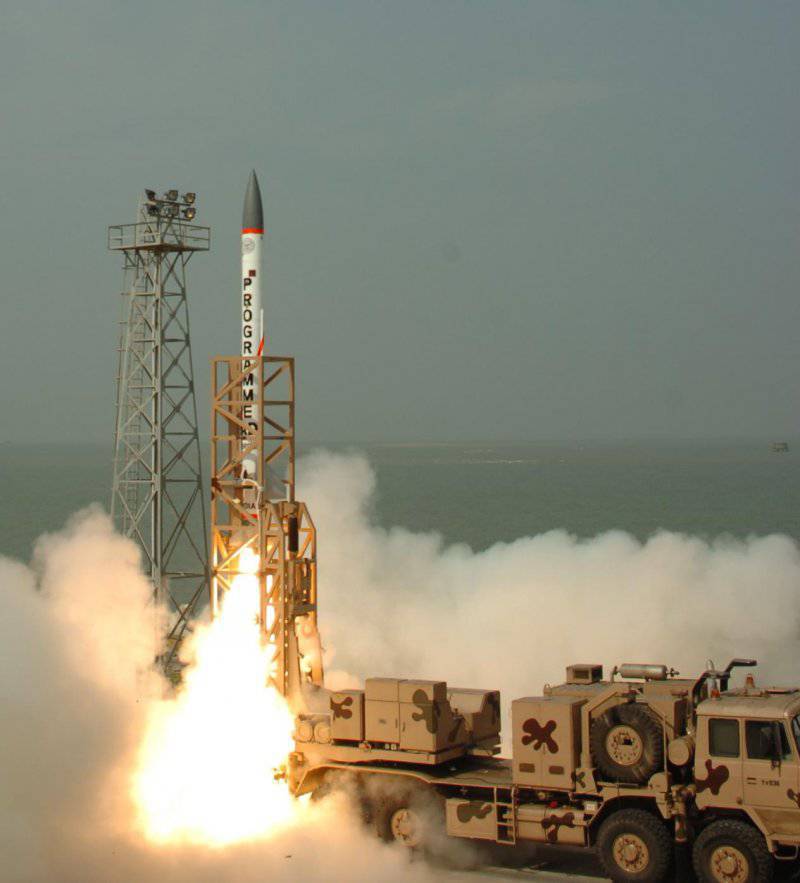
Information